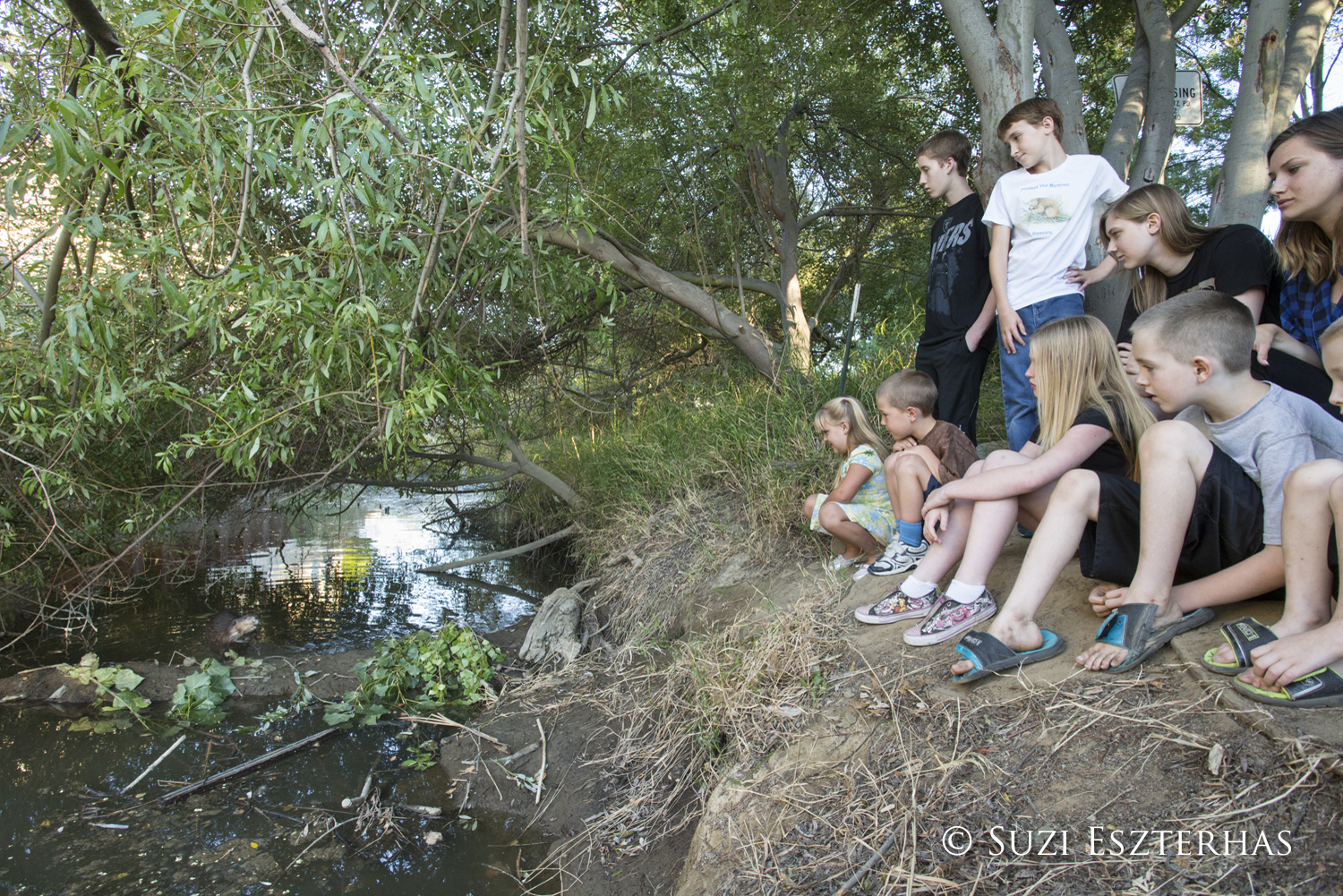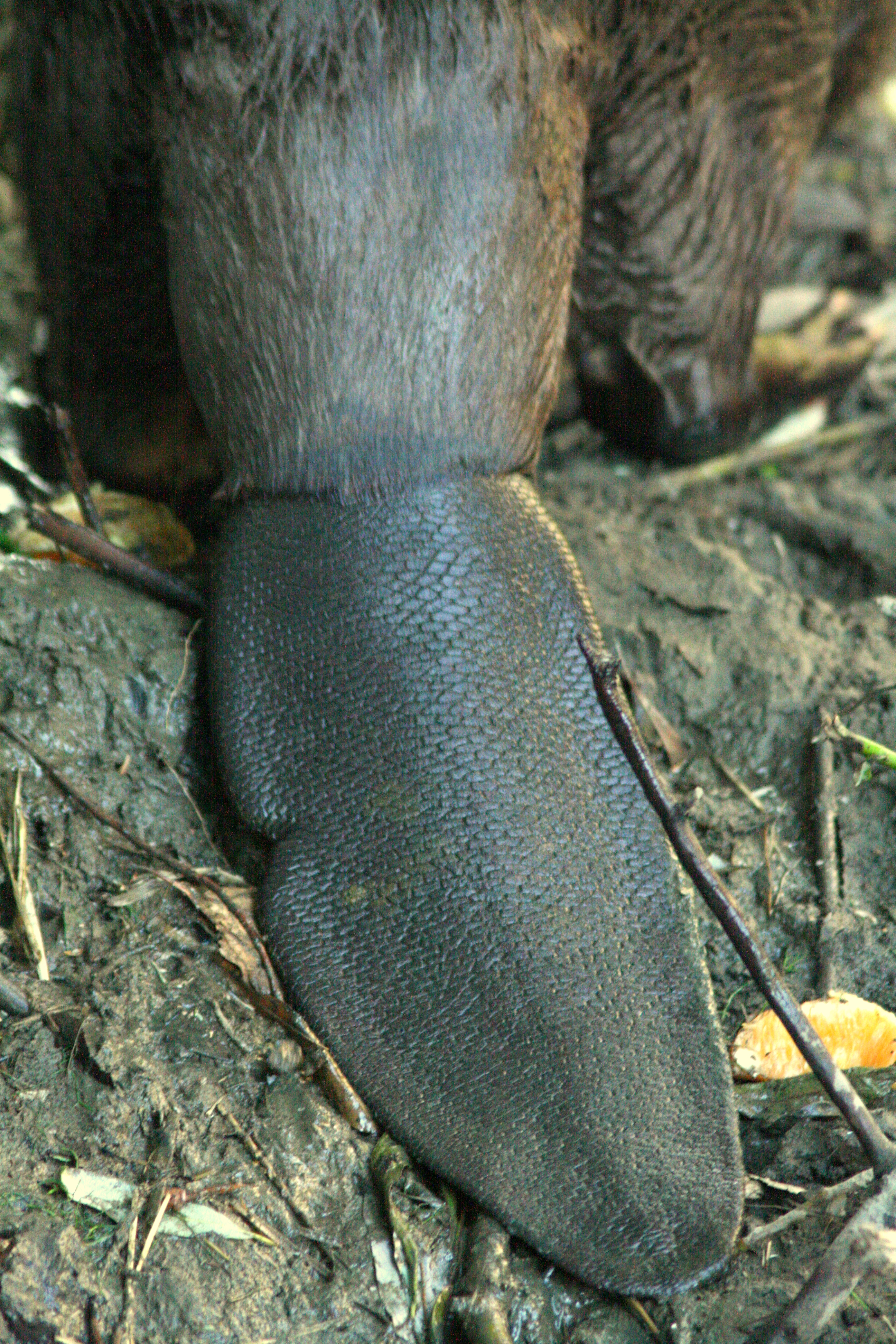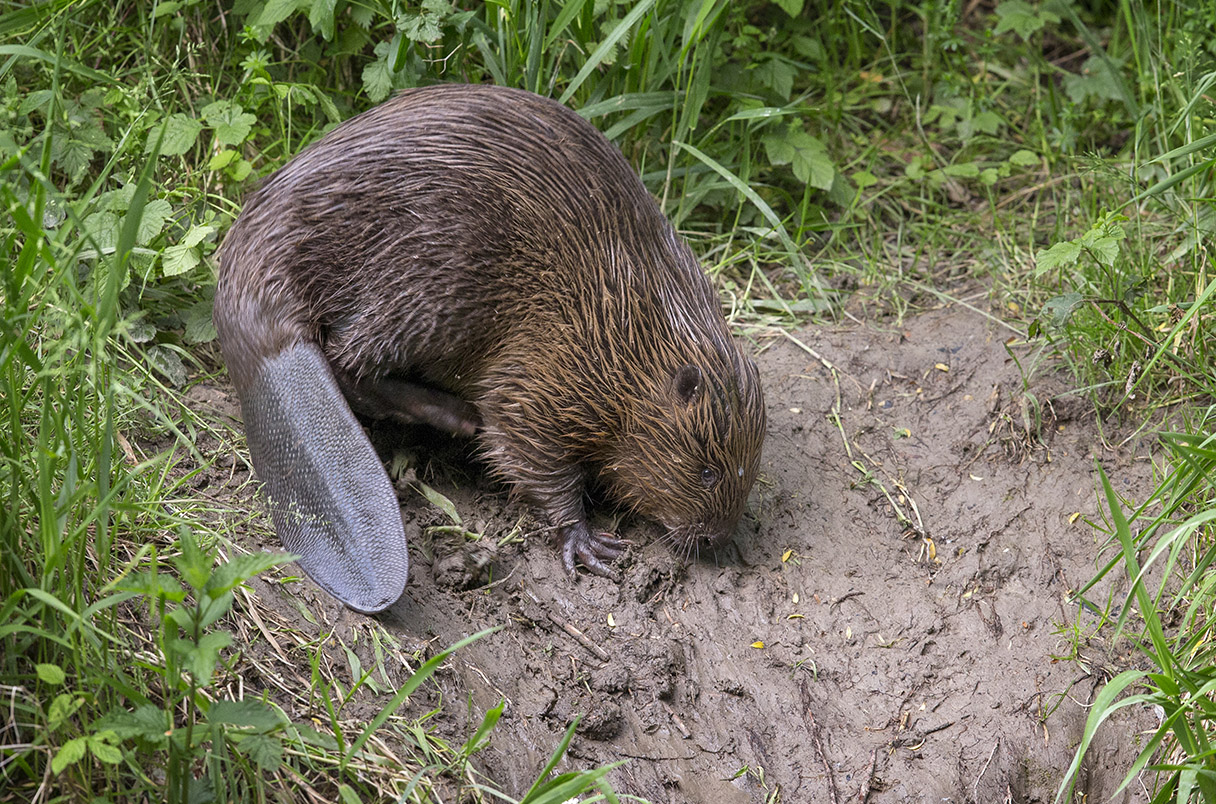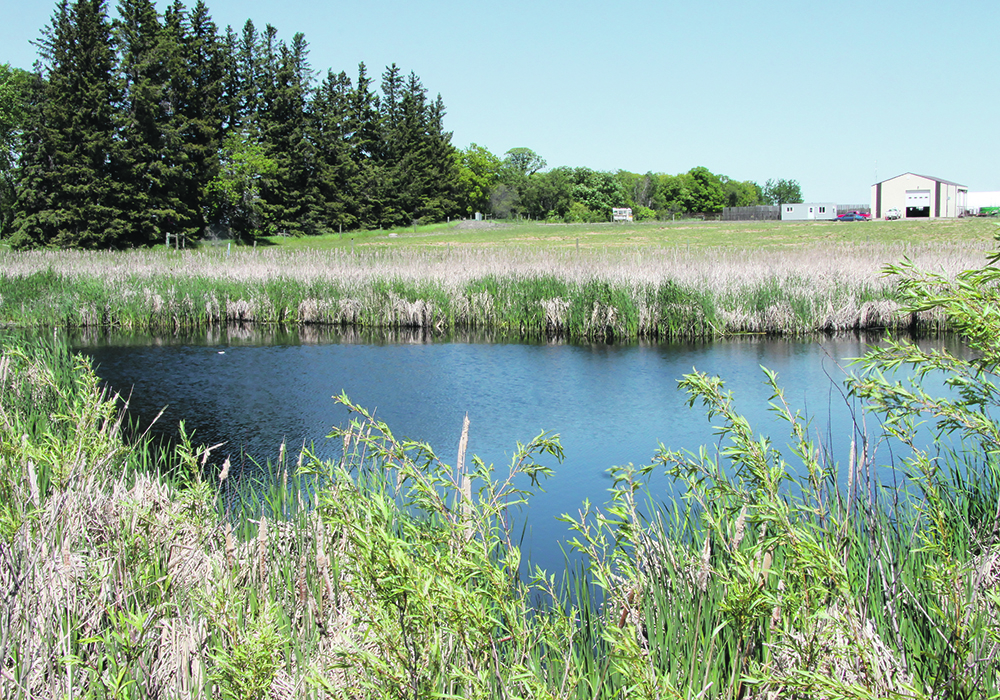Sometimes scientists seem very very stupid about the most basic human interactions. Like this recent article about about how wildlife celebrity is making studying and managing wildlife difficult. Raise your hand if you can guess what part of “management” gets particularly difficult for them.
Of course we in Martinez know. The killing part,
Managing Wildlife Tricky When They’re Worldwide Celebrities, Like Grizzly 399
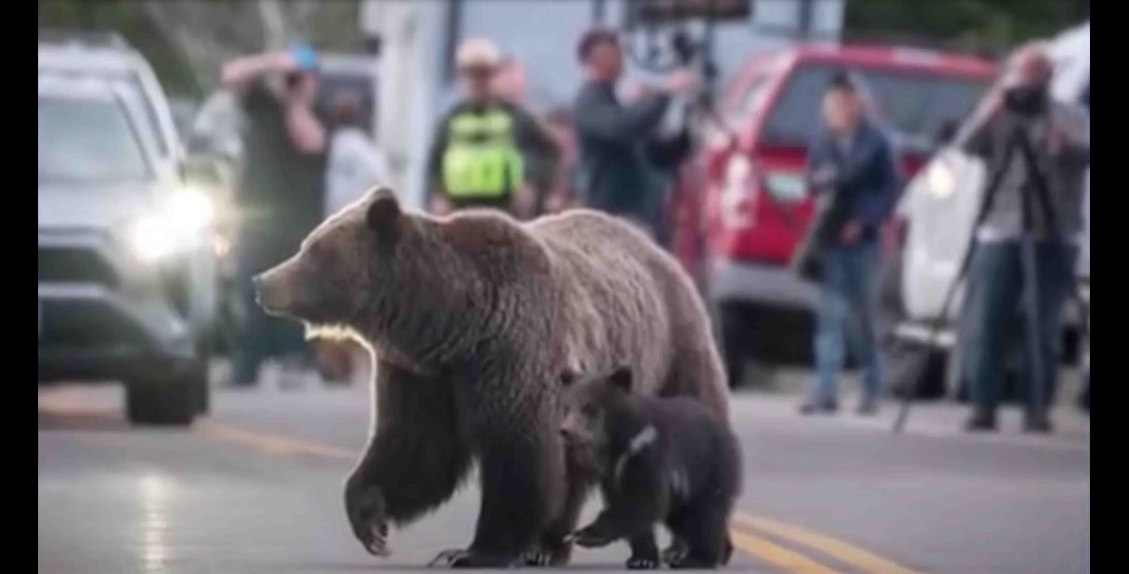 Ask that question to many people in distant parts of the country, and even around the world, and their answers might just as likely be Grizzly 399 or Limpy the coyote.
Ask that question to many people in distant parts of the country, and even around the world, and their answers might just as likely be Grizzly 399 or Limpy the coyote.
Wildlife has always been one of Wyoming’s biggest draws. But the rise of the social media and instant, global sharing of images and anecdotes from wild critters’ lives have taken the profiles of Wyoming’s celebrity wildlife to a whole new level.
It’s no longer a matter of entire species being gloried, as in “the majestic grizzly.” Now individual animals, such as 399, have a social media presence that many human celebrities might envy.
So, what does that mean for biologists who engage in serious research and wildlife management? In the immediate sense, wildlife scientists don’t think much about it, said biologist Frank van Manen.
Oh I can tell you about it. Having celebrity status makes it hard for all kinds of behind closed doors decisions that get made to manage wildlife, like trapping or thinning the herd or even relocating a trouble some animal.
“From a wildlife research perspective, the well-known status of bears such as 399 — or bear 264 in the Swan Flats area of Yellowstone National Park back in the late 1990s — does not really affect our science,” said van Manen, who is the supervisory research biologist for the U.S. Geological Survey’s Interagency Grizzly Bear Study Team.
Wyoming Game and Fish Department large carnivore specialist Dan Thompson said he worries that the celebrity status of certain animals might distort the public’s views.
“As with human beings, celebrities aren’t always the best role models for how to live one’s life,” he said.
Well duh. Did you think we thought all beavers should act like our famous mom beaver who broke a tooth and died in captivity?
Emotional Reactions
Celebrity animals evoke strong emotions, for sure.
All the way back in 2012, there was widespread outrage when a famous Yellowstone National Park wolf, known as Wolf 06, strayed into a legal wolf hunting zone in Montana and was shot.
Last October, fans far and wide waited anxiously after Grizzly 610 – a grown offspring of 399 – was struck by a vehicle and languished beside the highway in pain. (She later rejoined her cubs and appeared to recover fully.)
More recently, 399’s throngs of admirers joyously hailed her turning 28 last month (the exact date of her birth isn’t known).
And many get a good laugh out of the sly antics of Limpy, a coyote who lives in Yellowstone and how he suckers tourists for pity snacks by exaggerating his leg injury.
Yes people get emotionally attached to wildlife. DUH! In fact even when wildlife isn’t famous people can get emotionally attached to it. You just don’t notice until a gazillion people do it at once.
While all of that might tug at people’s heartstrings, it can detract from a deeper appreciation of bears and wildlife as species playing an important role in ecosystems, Thompson said.
People might project their idealized image of one particular animal onto the entire species, he said.
“I think they (wildlife celebrities) create a false image of the rest of the population, potentially,” Thompson said. “I think it’s amazing that people have had that opportunity to follow that particular bear or other particular bears, and other wildlife species. But that one individual is not necessarily emblematic of all of those bears.
“I’ve actually met some very interesting people over the years that I wouldn’t have without that particular bear (399). But I do think that it takes away from the larger story of that particular bear, or particular bears, when we assign celebrity status to any mammal.”
Moreover, people who know a lot about a particular bear might not understand the larger picture of grizzlies in general, Thompson said.
“Following that particular bear for 28 years doesn’t make you an expert of all bears,” he said.
And the relatively “controlled” setting of Teton National Park (where 399 lives), or Yellowstone might not give celebrity bear watchers a clear picture of grizzly behavior, Thompson said.
Well DUH again. That old woman who brought her grandchildren to see the beavers and told them that their tails start out round and don’t get flat until they grow up was wrong and doesn’t know as much about beavers as Duncan Haley. Big Whoop. People being interested and engaged by wildlife is what starts them getting informed.
It’s a journey.
Even so, the public’s observations can sometimes help bear research, van Manen said.
Grizzly 399 has been on researcher’s radar most of her life.
“Our scientific focus is to understand the dynamics of the overall population, which involves collecting data on a sample of bears across the ecosystem through research captures,” van Manen said.
“Bear 399 is one of those research bears, which is where her number originated when she was initially captured in 2001, representing the 399th bear that was radio-collared by the Interagency Grizzly Bear Study Team as part of the long-term research and monitoring project,” he said.
She hasn’t had a tracking collar on for years now, so it helps to have many eyes on her, van Manen said.
“We have not monitored her via radio telemetry since 2018. Because she resides in an area of the ecosystem where she is very observable, we know a lot about her life history beyond our own monitoring and that has been informative,” he said.
But 399’s celebrity shouldn’t detract from the importance of other grizzlies, he added.
“While there is much focus on these well-known bears, it is important to remember that there are other bears in the population with similar life histories, a few of which we know about and probably more that we don’t know about,” van Manen said.
A New Field Of Study
Social media platforms have created so much attention for grizzlies 399, 610 and other animals, it might have spawned a whole new field of research, van Manen said.
“I’m not aware of specific studies that have addressed the pros and cons of social media attention for grizzly bears in the Greater Yellowstone Ecosystem. However, the influence of social media on wildlife conservation in general is a growing field of academic study, and so far the findings are mixed,” he said.
A 2022 study in Canada found that there was “no tangible benefit” to wildlife through social media fame.
“Interestingly, one of the recommendations (from the study) included how scientists and experts can improve their messages and focus on positive outcomes and solutions, a point well taken,” van Manen said.
I’m sorry. I know you liked it better when it was just you nerds tracking wildlife with your clipboards and a few camera men for nature programs but people care about wild spaces and the things that live in them. I’m sorry if that makes your number crunching harder but they do.
Too bad.


